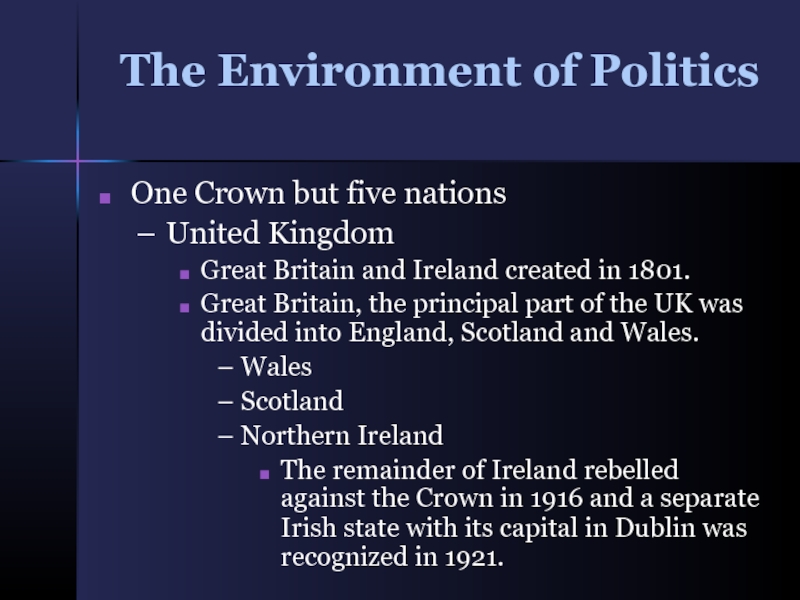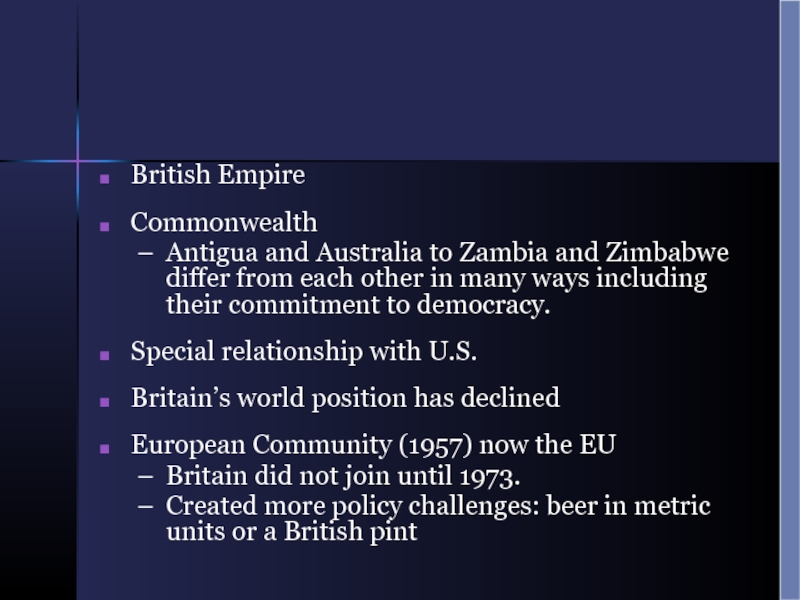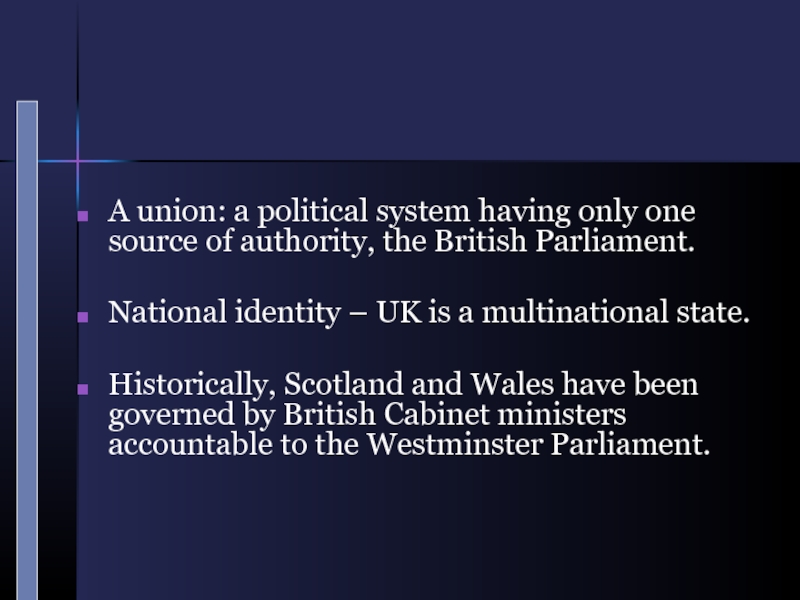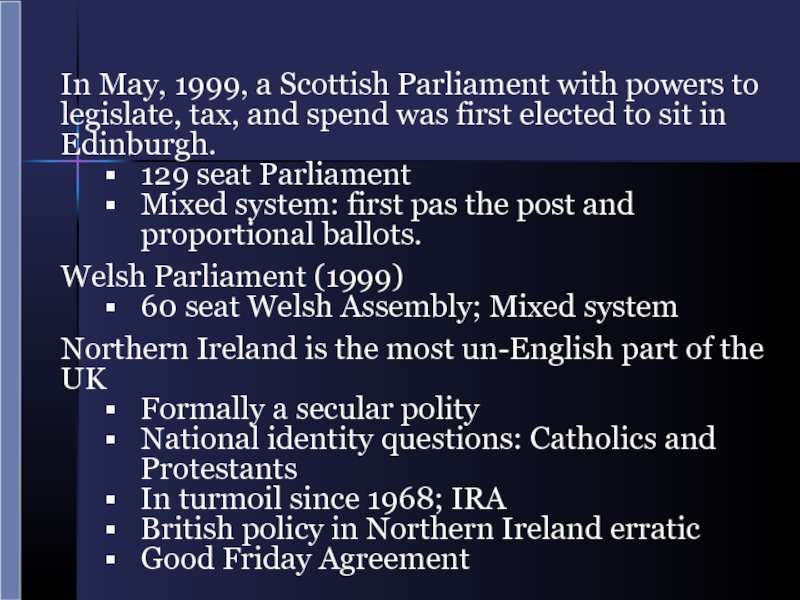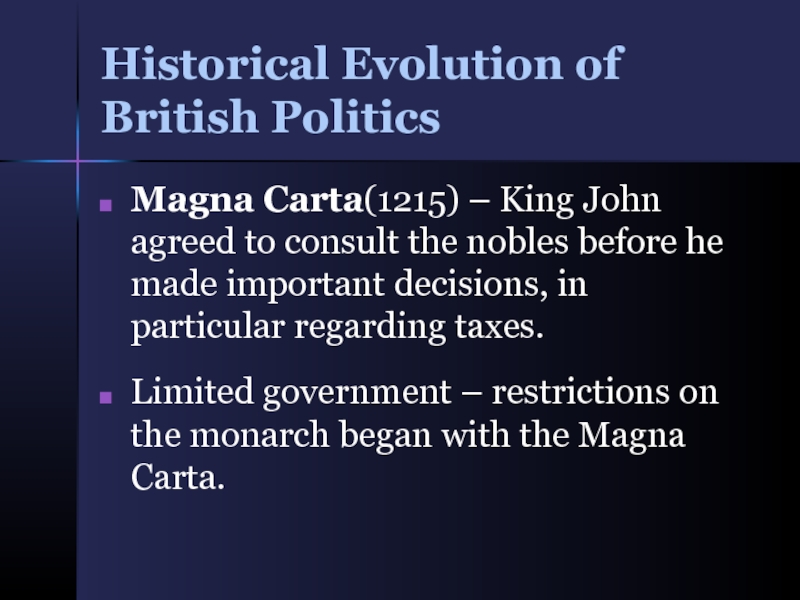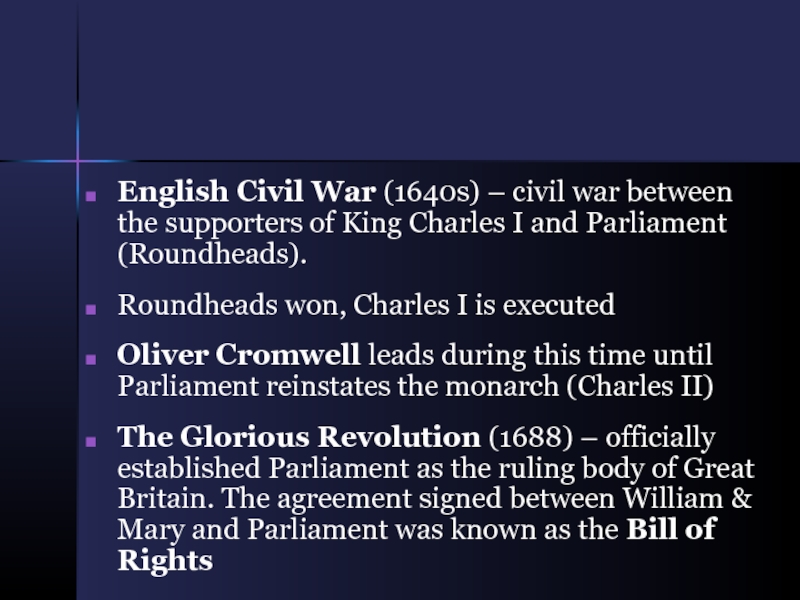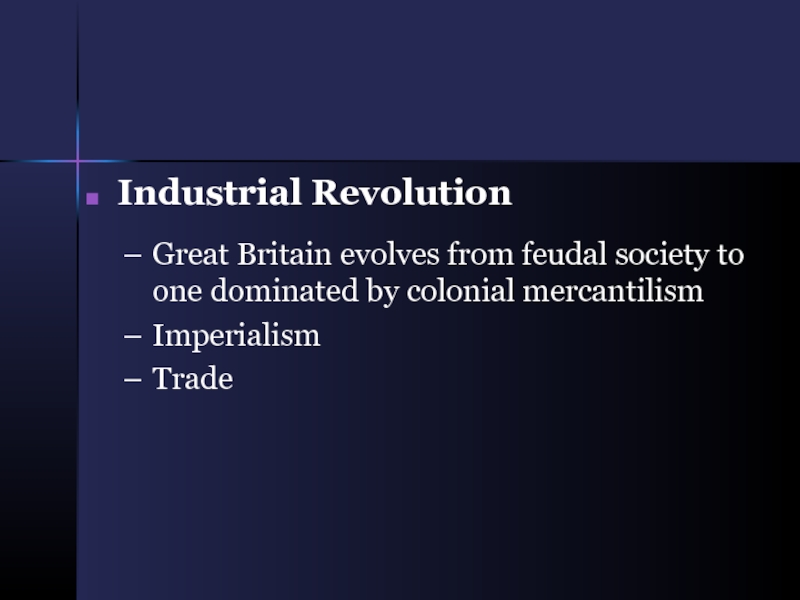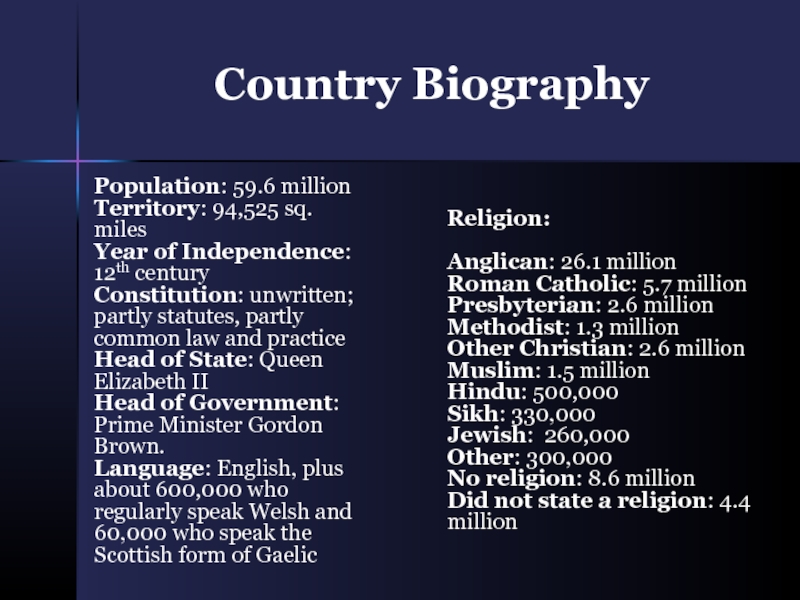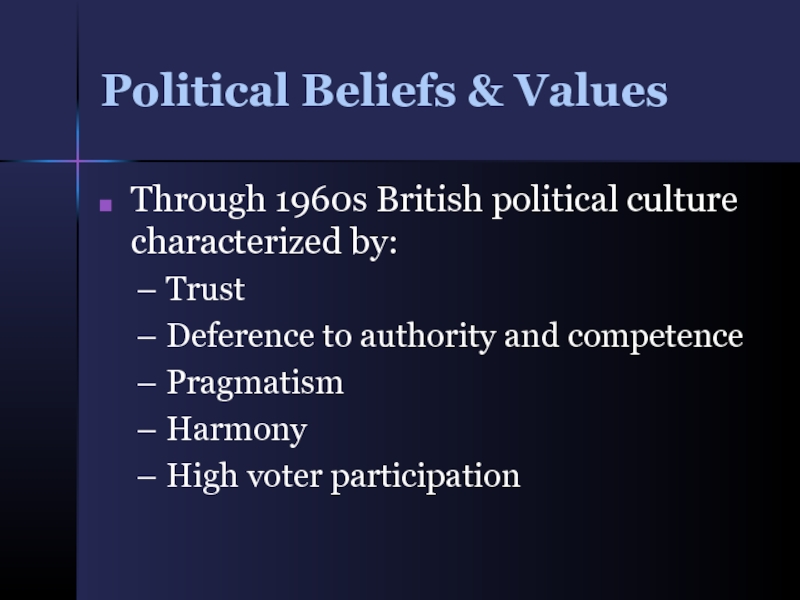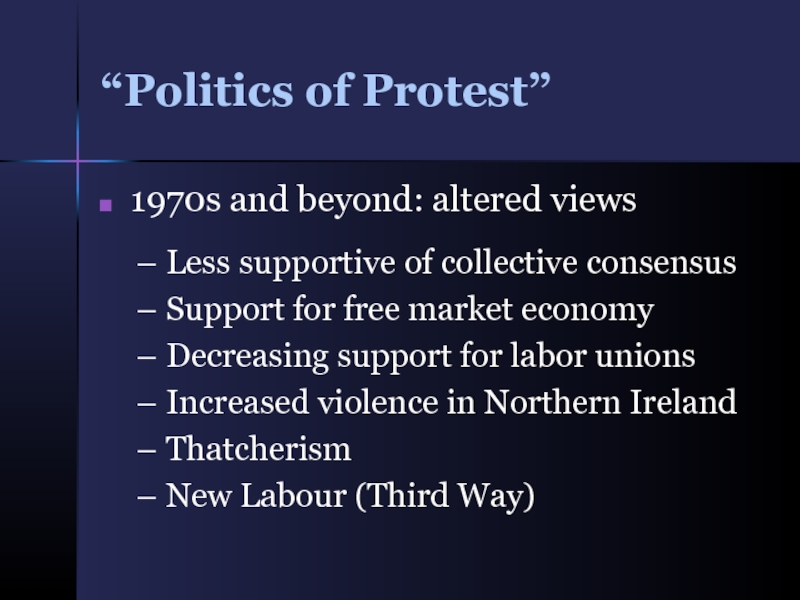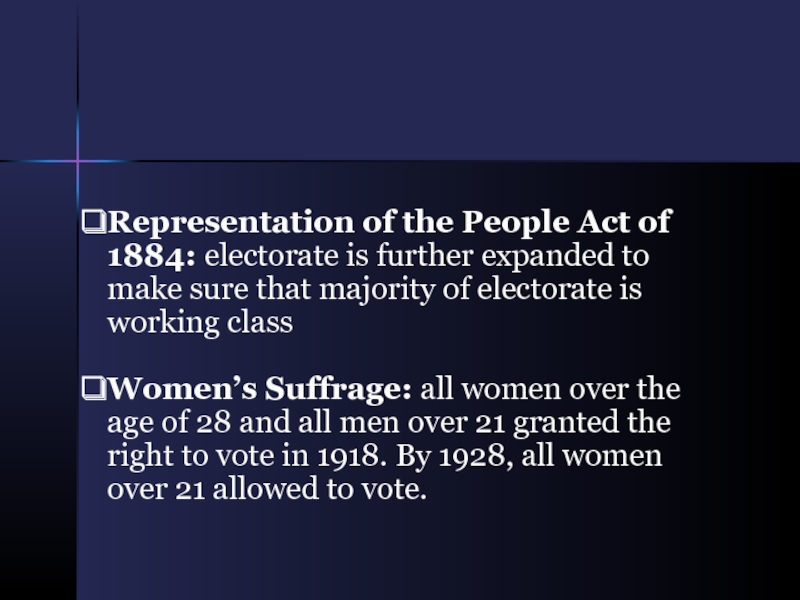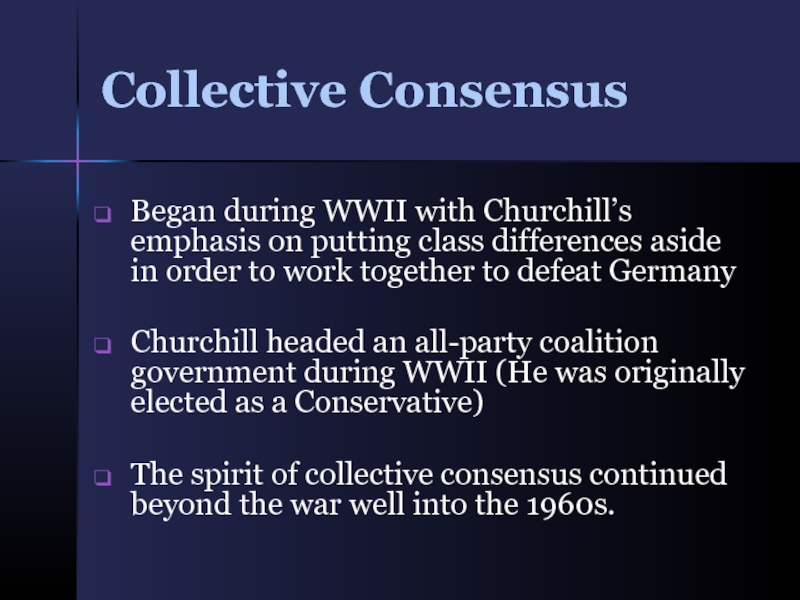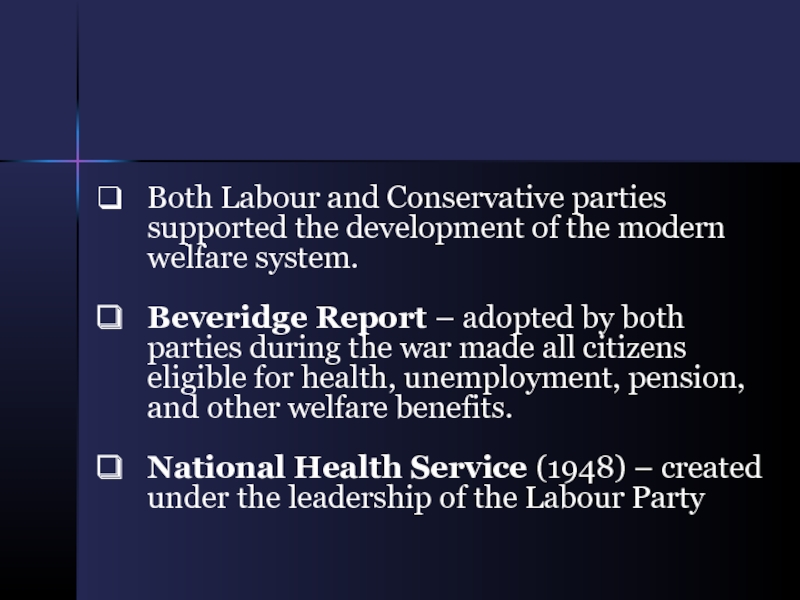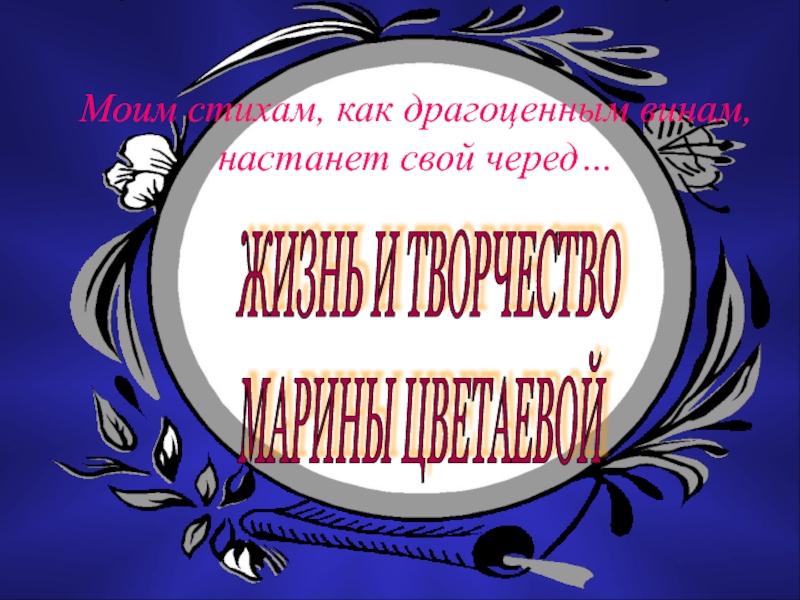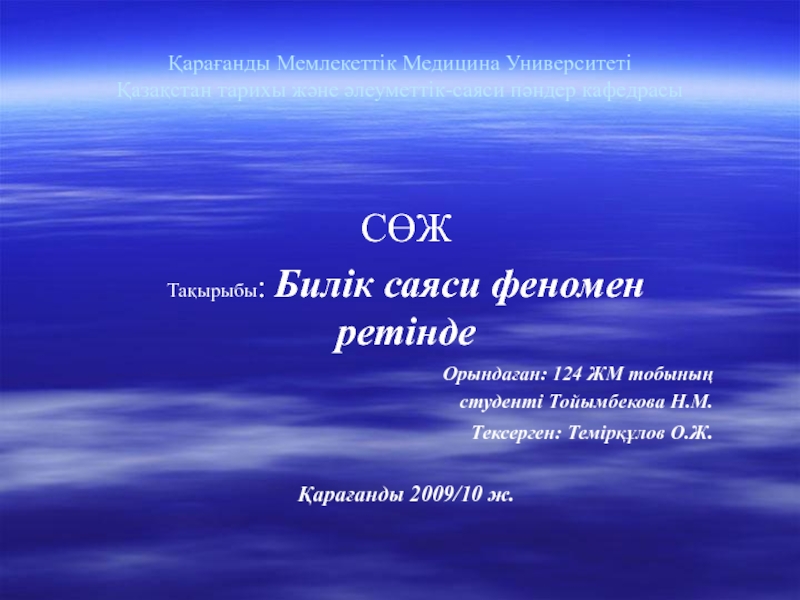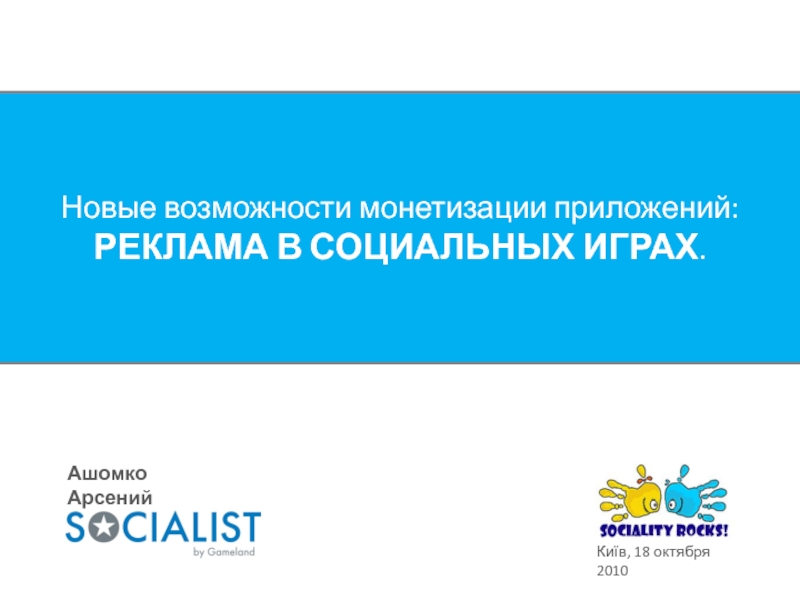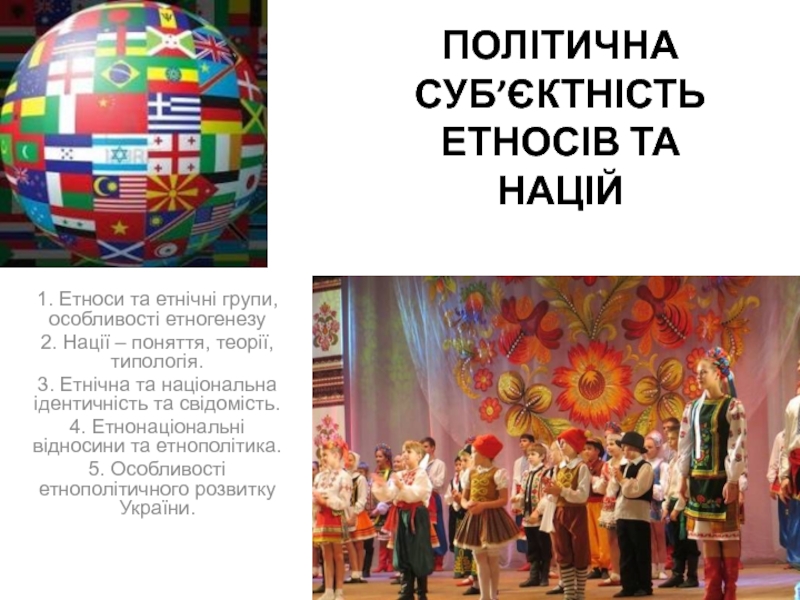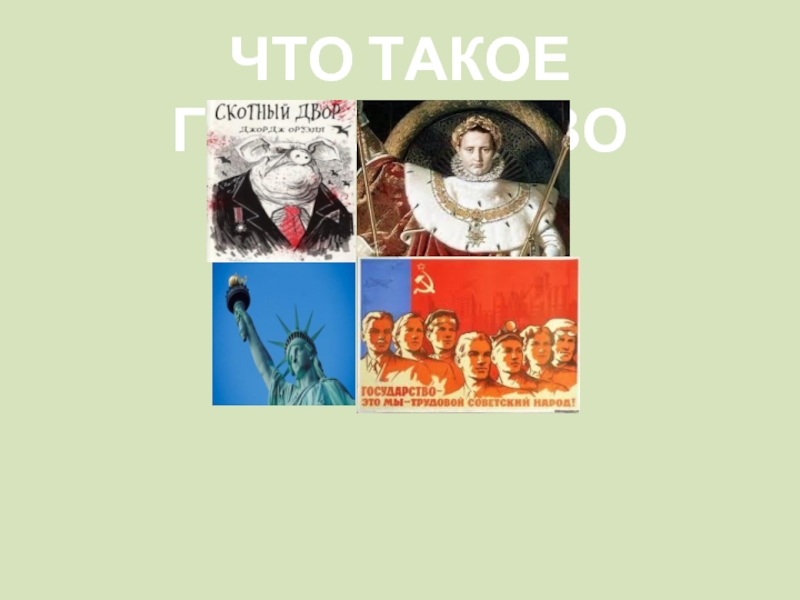- Главная
- Разное
- Дизайн
- Бизнес и предпринимательство
- Аналитика
- Образование
- Развлечения
- Красота и здоровье
- Финансы
- Государство
- Путешествия
- Спорт
- Недвижимость
- Армия
- Графика
- Культурология
- Еда и кулинария
- Лингвистика
- Английский язык
- Астрономия
- Алгебра
- Биология
- География
- Детские презентации
- Информатика
- История
- Литература
- Маркетинг
- Математика
- Медицина
- Менеджмент
- Музыка
- МХК
- Немецкий язык
- ОБЖ
- Обществознание
- Окружающий мир
- Педагогика
- Русский язык
- Технология
- Физика
- Философия
- Химия
- Шаблоны, картинки для презентаций
- Экология
- Экономика
- Юриспруденция
The Environment of Politics презентация
Содержание
- 1. The Environment of Politics
- 2. British Empire Commonwealth Antigua and
- 3. A union: a political system having
- 4. In May, 1999, a Scottish Parliament with
- 5. Historical Evolution of British Politics Magna Carta(1215)
- 6. English Civil War (1640s) – civil war
- 7. Industrial Revolution Great Britain evolves from
- 8. Population: 59.6 million Territory: 94,525 sq. miles
- 9. Political Beliefs & Values Through 1960s British
- 10. “Politics of Protest” 1970s and beyond: altered
- 11. Representation of the People Act of
- 12. Collective Consensus Began during WWII with Churchill’s
- 13. Both Labour and Conservative parties supported the
Слайд 1The Environment of Politics
One Crown but five nations
United Kingdom
Great Britain and
Great Britain, the principal part of the UK was divided into England, Scotland and Wales.
Wales
Scotland
Northern Ireland
The remainder of Ireland rebelled against the Crown in 1916 and a separate Irish state with its capital in Dublin was recognized in 1921.
Слайд 2
British Empire
Commonwealth
Antigua and Australia to Zambia and Zimbabwe differ from each
Special relationship with U.S.
Britain’s world position has declined
European Community (1957) now the EU
Britain did not join until 1973.
Created more policy challenges: beer in metric units or a British pint
Слайд 3
A union: a political system having only one source of authority,
National identity – UK is a multinational state.
Historically, Scotland and Wales have been governed by British Cabinet ministers accountable to the Westminster Parliament.
Слайд 4In May, 1999, a Scottish Parliament with powers to legislate, tax,
129 seat Parliament
Mixed system: first pas the post and proportional ballots.
Welsh Parliament (1999)
60 seat Welsh Assembly; Mixed system
Northern Ireland is the most un-English part of the UK
Formally a secular polity
National identity questions: Catholics and Protestants
In turmoil since 1968; IRA
British policy in Northern Ireland erratic
Good Friday Agreement
Слайд 5Historical Evolution of British Politics
Magna Carta(1215) – King John agreed to
Limited government – restrictions on the monarch began with the Magna Carta.
Слайд 6English Civil War (1640s) – civil war between the supporters of
Roundheads won, Charles I is executed
Oliver Cromwell leads during this time until Parliament reinstates the monarch (Charles II)
The Glorious Revolution (1688) – officially established Parliament as the ruling body of Great Britain. The agreement signed between William & Mary and Parliament was known as the Bill of Rights
Слайд 7Industrial Revolution
Great Britain evolves from feudal society to one dominated by
Imperialism
Trade
Слайд 8Population: 59.6 million
Territory: 94,525 sq. miles
Year of Independence: 12th century
Constitution: unwritten;
Head of State: Queen Elizabeth II
Head of Government: Prime Minister Gordon Brown.
Language: English, plus about 600,000 who regularly speak Welsh and 60,000 who speak the Scottish form of Gaelic
Religion:
Anglican: 26.1 million
Roman Catholic: 5.7 million
Presbyterian: 2.6 million
Methodist: 1.3 million
Other Christian: 2.6 million
Muslim: 1.5 million
Hindu: 500,000
Sikh: 330,000
Jewish: 260,000
Other: 300,000
No religion: 8.6 million
Did not state a religion: 4.4 million
Country Biography
Слайд 9Political Beliefs & Values
Through 1960s British political culture characterized by:
Trust
Deference to
Pragmatism
Harmony
High voter participation
Слайд 10“Politics of Protest”
1970s and beyond: altered views
Less supportive of collective consensus
Support
Decreasing support for labor unions
Increased violence in Northern Ireland
Thatcherism
New Labour (Third Way)
Слайд 11
Representation of the People Act of 1884: electorate is further expanded
Women’s Suffrage: all women over the age of 28 and all men over 21 granted the right to vote in 1918. By 1928, all women over 21 allowed to vote.
Слайд 12Collective Consensus
Began during WWII with Churchill’s emphasis on putting class differences
Churchill headed an all-party coalition government during WWII (He was originally elected as a Conservative)
The spirit of collective consensus continued beyond the war well into the 1960s.
Слайд 13Both Labour and Conservative parties supported the development of the modern
Beveridge Report – adopted by both parties during the war made all citizens eligible for health, unemployment, pension, and other welfare benefits.
National Health Service (1948) – created under the leadership of the Labour Party
